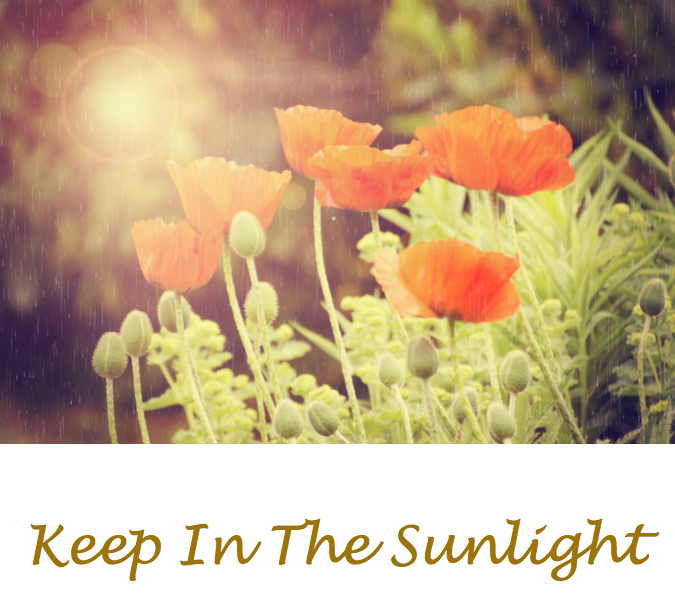Back in January, I finally started our family’s composting system. I was super excited! As mentioned in this post, I had had attempts at compost before, but frequent moves and lack of composting knowledge led to a lot of ‘learning experiences’ that never quite worked.
I started composting with much enthusiasm. I LOVED that the food scraps were going into composting bins and eventually back into the earth, instead of into landfill spaces where food emits harmful greenhouse gases as it breaks down. Recycling food? I couldn’t believe I hadn’t given this more of a chance before! I LOVED having the excuse to ‘have to’ go outside every day to empty our kitchen compost. A nice opportunity to take a breath, get outside, and feel like I was taking helpful steps for our planet.
Weeks went by, and soon the bins were full. All three of them. Like, maybe it wasn’t even weeks. They filled up fast, and it was a huge wake-up call as to how much food we used to throw in the trash. Albeit scraps and peels, but still. And then I got discouraged. I wanted progress. I wanted to see SOMEthing happening. And it felt like it wasn’t. We’d maxed out the bins and nothing was happening!
I was saddened each time we threw a peel away in the trash instead of our compost, as I tried to figure out what was going on. I wish I could give a timeline here of how and when things happened, but I’ve forgotten.
What I will say though, is that the compost needed time to start its process. And I grew impatient too quickly. It also needed more attention. I was happy to throw stuff in there, but I must admit that I otherwise neglected it. eeps.
So, when I finally started checking in more regularly and turning the pile and giving it water, it ‘miraculously’ started looking better. It was incredible! I became addicted. I don’t think a pile needs to be turned more than once a week (?), and perhaps it shouldn’t be, but I found myself going out there far more often to spend time with the compost. I marveled at this beautiful, dark mixture that had been created from our food waste. Wow! It’s probably a good thing we don’t have a lot of visitors right now, because I have become very proud of this compost heap. I would probably be dragging people outside to show off this incredible compost.
Now, I’ve backed off a bit. I’m not as obsessed as I was a few months ago, but I tend to the compost regularly, and I’m still in awe of it. Mixing the compost has become sort of a meditation for me. I enjoy it more than I thought I would have.
Ok, some tips. And I’m sure to learn more as I continue:
–I dedicated a pair of gardening gloves to wear while I was turning the compost, and that was a game-changer.
–I also dedicated a small gardening rake-y looking tool to turn the mixture.
–I regularly water the compost to keep it damp.
–I say Yay! to bugs. Maybe not all, I don’t know yet which are good and which are harmful. But the ones in there this summer were wonderful! They did a lot of work in there. And there were a LOT of them.
–I started taking note of which ‘compostable’ items break down easily and which need some help. The plastic-y-looking compostable produce bags from our natural food store break down beautifully! It’s incredible. The brown bag the potatoes come in that says it’s compostable is still there… Now I cut/break more things into pieces first.
–I started two new bins! We have full bins, and I am surprised how quickly the matter breaks down, but we had two bins in the garage with broken bits. Since they weren’t going to be used for their original purpose and probably couldn’t be donated, I figured this was a good chance to use them!
I’m learning as I go, and I’ll continue to post as I learn for any other intimidated newbies out there!





